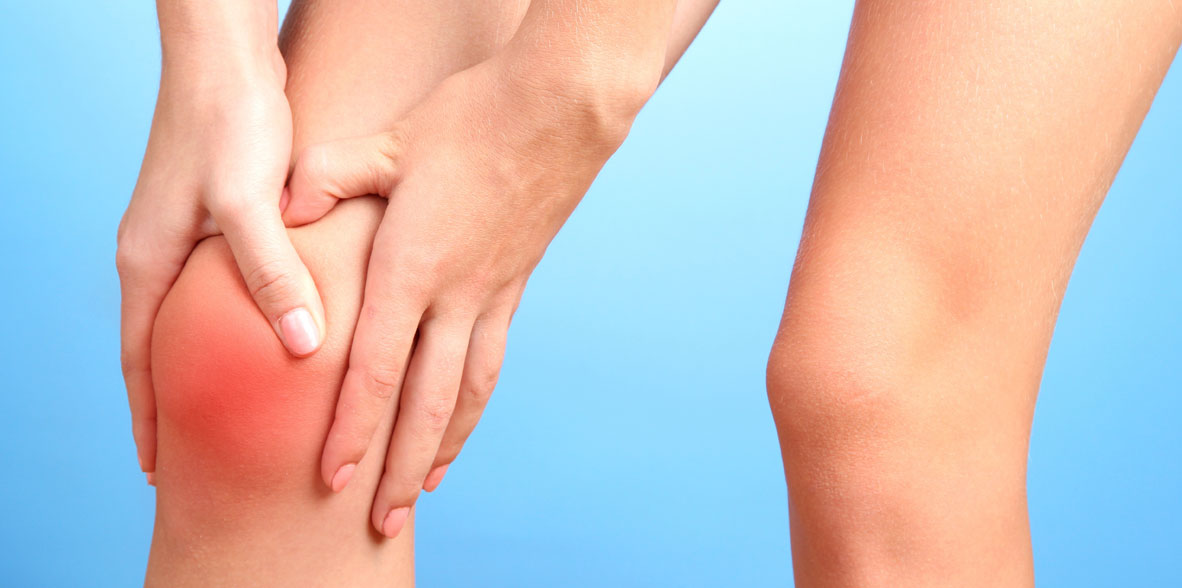

 Centro Médico Teknonen/health-centers/centro-medico-teknon
Centro Médico Teknonen/health-centers/centro-medico-teknon- Centro Médico Teknonen/health-centers/centro-medico-teknonHospital Universitari General de Catalunyaen/health-centers/hospital-universitari-general-catalunya
 Centro Médico Teknonen/health-centers/centro-medico-teknonHospital Universitari Sagrat Coren/health-centers/hospital-universitari-sagrat-cor
Centro Médico Teknonen/health-centers/centro-medico-teknonHospital Universitari Sagrat Coren/health-centers/hospital-universitari-sagrat-cor
Peroneal tendonitis is a medical condition that involves inflammation of the tendons of the peroneal muscles on the outside of the leg, near the ankle.
Causes:
Peroneus tendonitis is usually caused by irritation and repetitive stress on the peroneal tendons, which are the peroneus longus and peroneus brevis.
Common causes include activities that involve repetitive movements of the ankle, such as running, walking, or playing sports, especially on uneven or inclined surfaces.
Trauma or acute injuries, such as a sprained ankle, can also contribute to the development of peroneal tendonitis.
Diagnosis:
The diagnosis of peroneal tendonitis is based on clinical evaluation and the patient's medical history.
Typical symptoms include pain in the lateral or outer area of the ankle, which often worsens with physical activity.
Physical examination may reveal tenderness and possibly swelling in the area of the peroneal tendons.
In some cases, imaging studies, such as x-rays or MRI, may be used to evaluate the severity of the condition and rule out other injuries.
Treatment:
Treatment of peroneal tendinitis is generally conservative and may include:
- Rest: Limit or modify activities that cause pain and stress on the peroneal tendons.
- Ice application: Apply ice to the affected area to reduce inflammation.
- Nonsteroidal anti-inflammatory drugs (NSAIDs): These medications can help reduce inflammation and relieve pain.
- Physical Therapy: A physical therapist may recommend stretching and strengthening exercises to improve ankle function and stability.
- Support or immobilization: Splints or bandages may be used to stabilize the ankle.
- Proper Footwear: Wearing appropriate footwear and orthotics can help reduce pressure on the peroneal tendons.
- Infiltrations: In some cases, corticosteroid injections may be given to reduce inflammation.
- Surgery: Surgery is rarely considered and is reserved for severe cases that do not respond to conservative treatment.
It is important to follow the doctor's and physical therapist's recommendations, and allow adequate time for recovery. Peroneal tendinitis tends to have a good prognosis when treated appropriately, but rehabilitation and prevention of future injuries are essential to avoid recurrences.



































